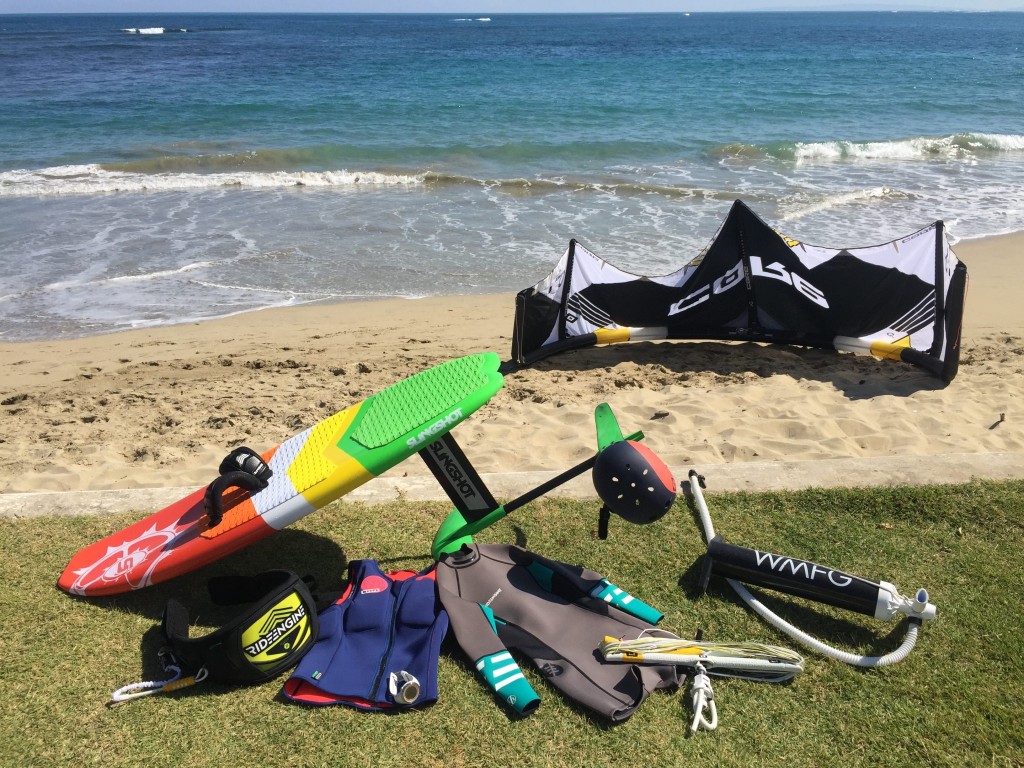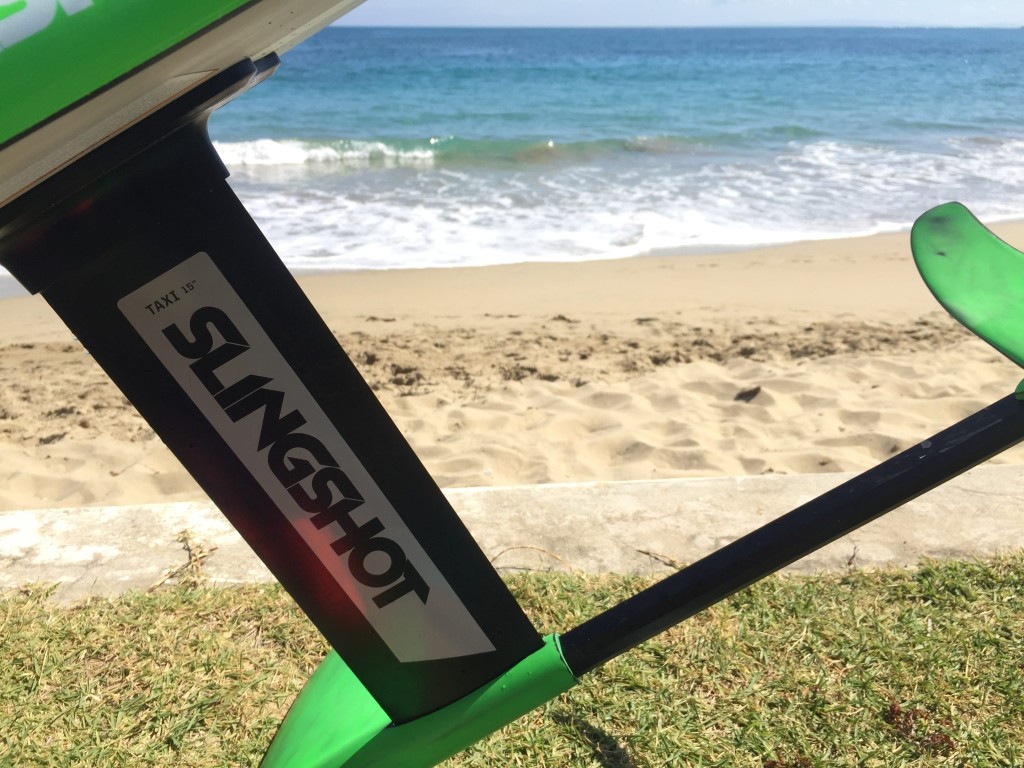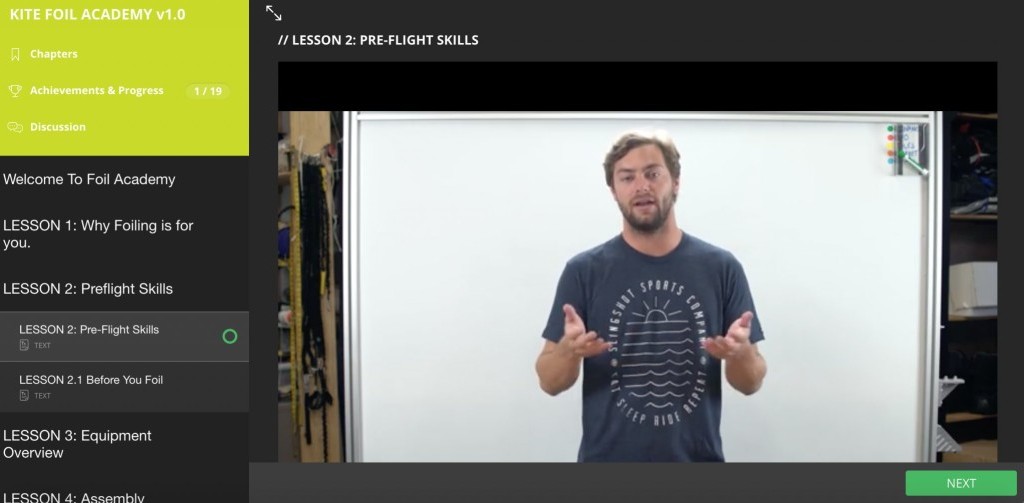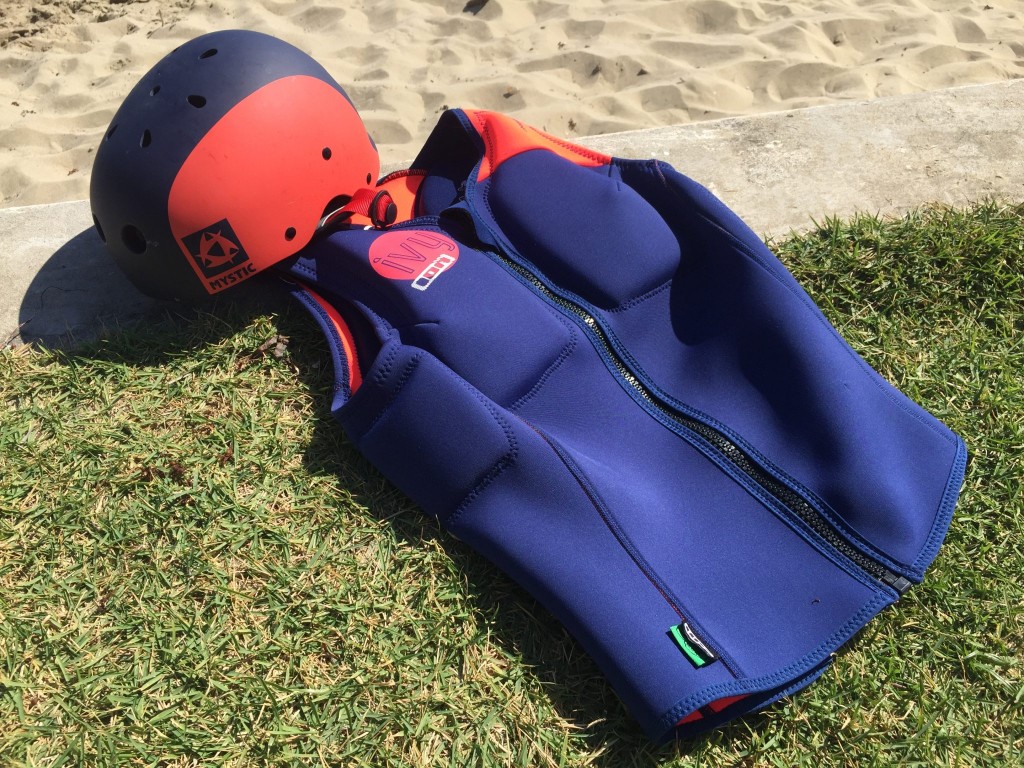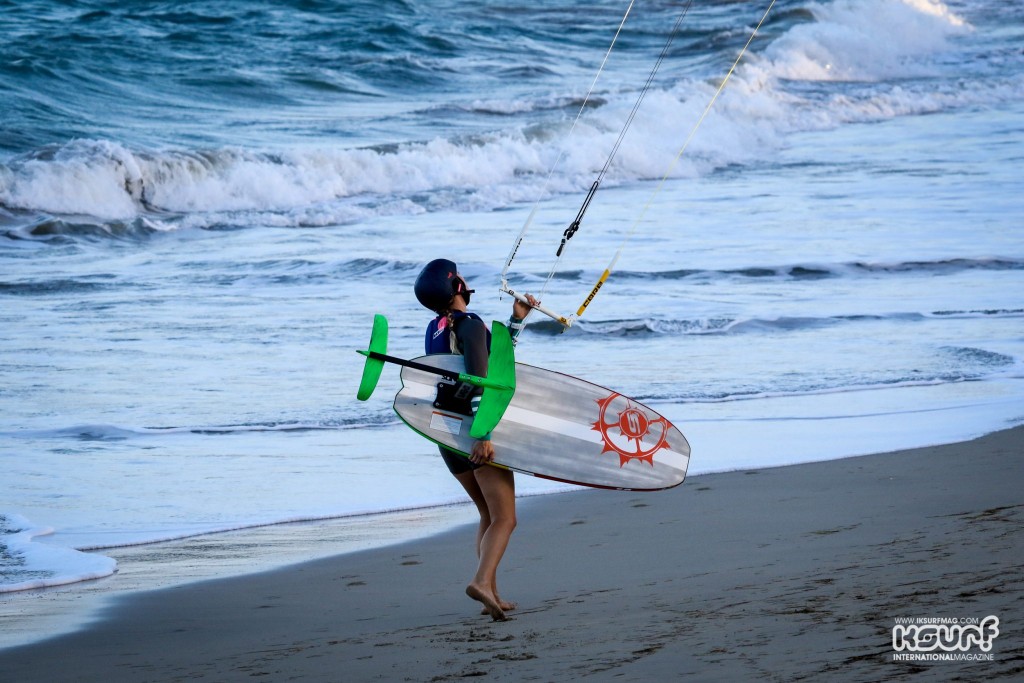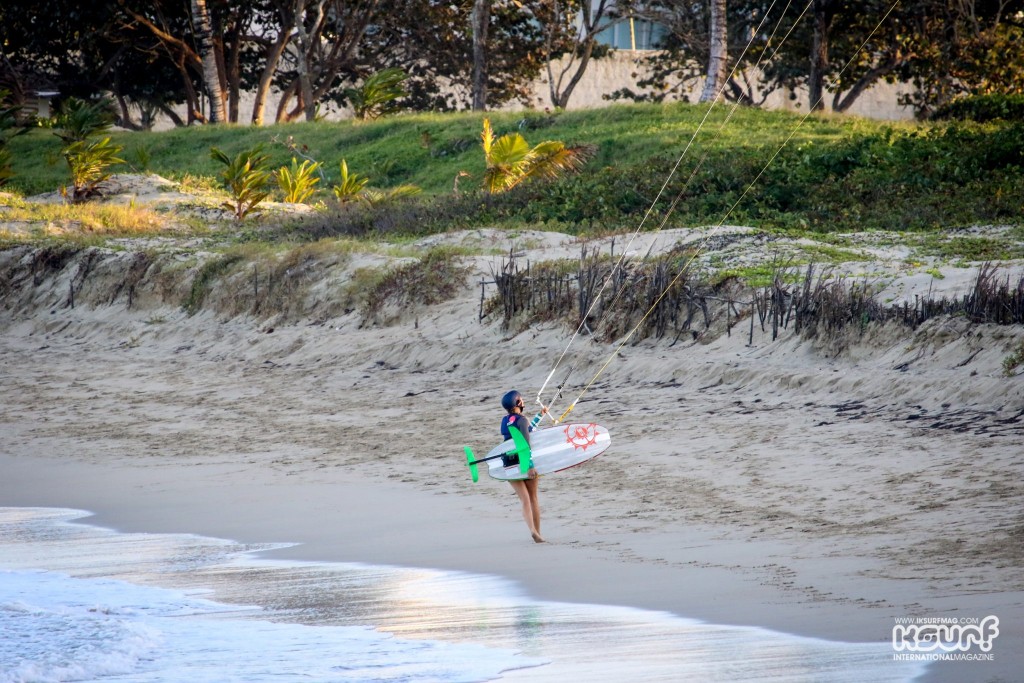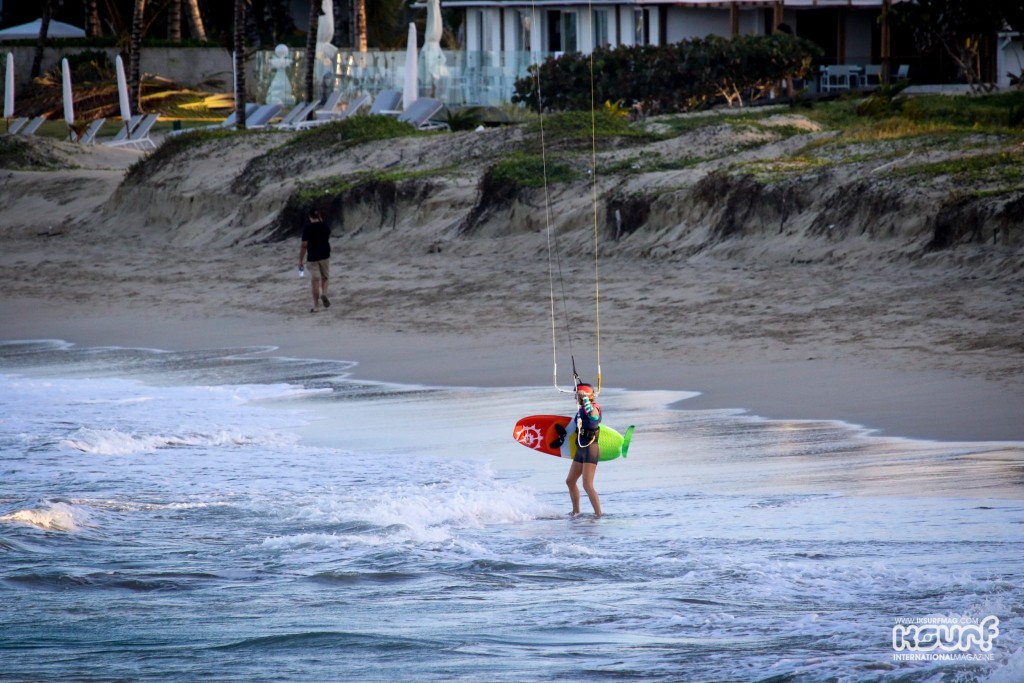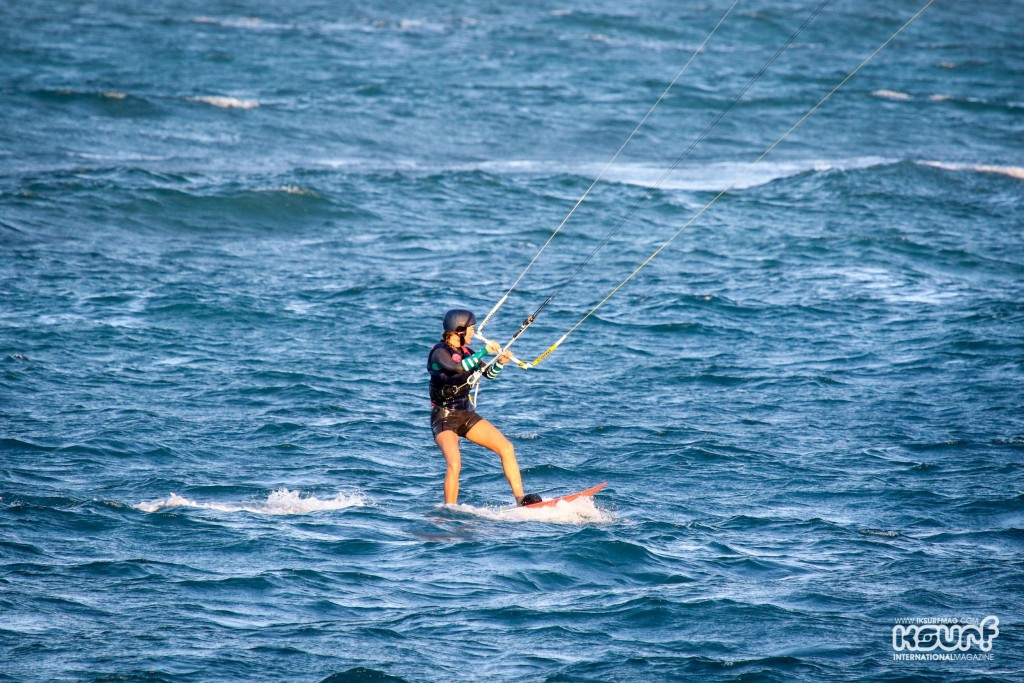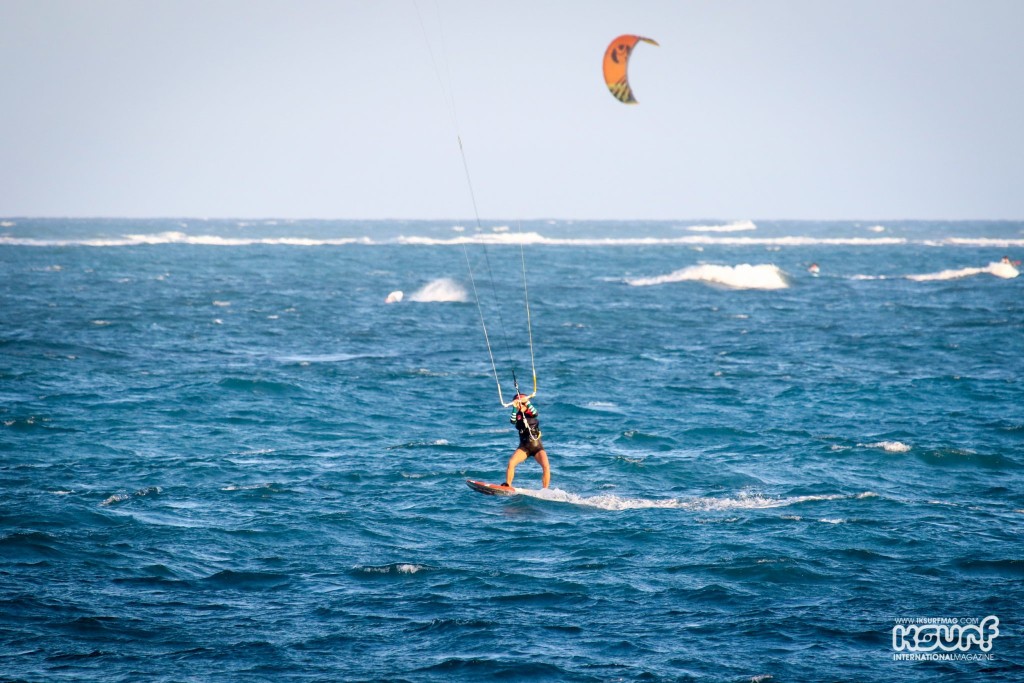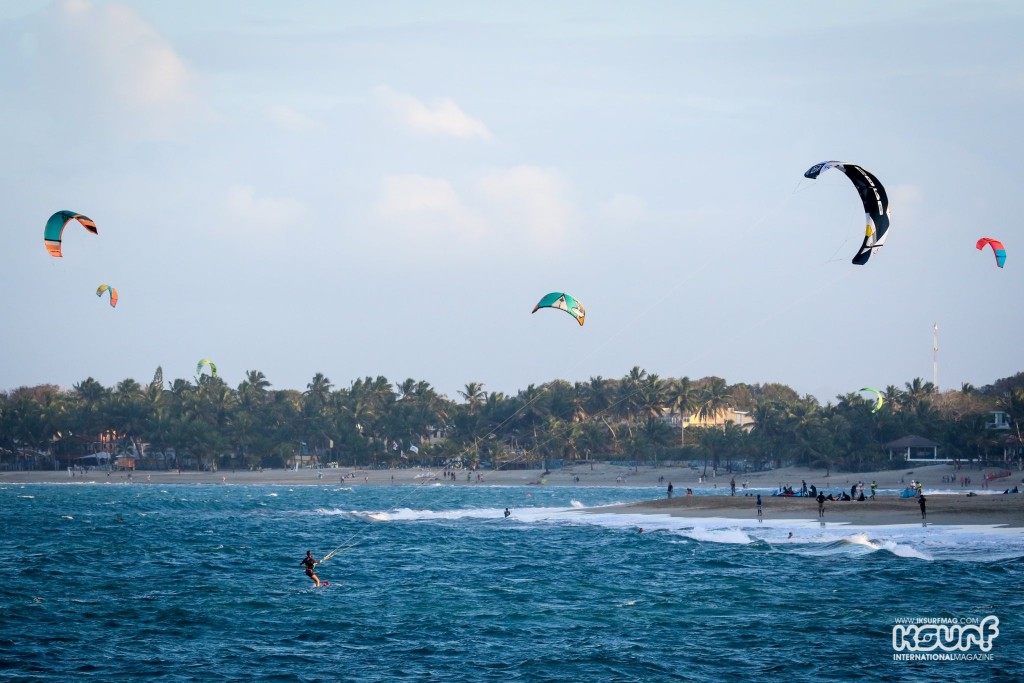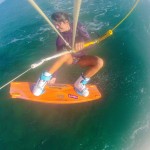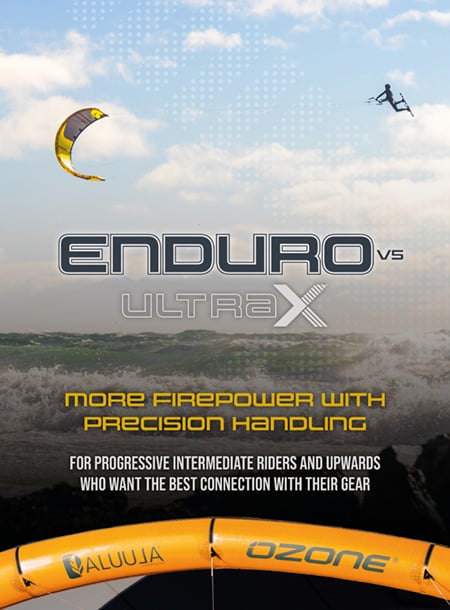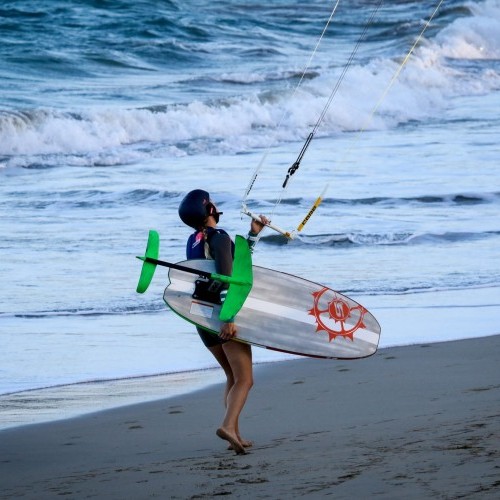
How To Hydrofoil – Diary #1
Features / Mon 27th Feb, 2017 @ 6:00 pm
It is with a degree of apprehension that I embark on this journey. Having had a brief flirt with foilboarding about two years ago, and hating every second of it, I stuck the idea of ever learning firmly in the corner.
This was backed up with my logical claims that should it ever be too light wind for kitesurfing then I would rather take the mountain bike out, go for a cruise on the longboard, run round the local park or do just about any of the other stuff there never seems to be any time for since we’re always scoping out suitable conditions for kiting.
Colleagues and friends around me have all gradually jumped on the bandwagon however, and the foiling craze has become impossible to avoid. After a while, mountain biking and longboarding on your own just isn’t as fun and I began to realise that I should perhaps put my stubbornness to one side and accept the challenge once more. I mention this purely to give some background as to how much of an unwilling student I am.
Day one, and this has come about because I have literally run out of excuses to put it off any longer!
I’ve watched the Kite Foil Academy videos, read the text and have the first foil set-up all ready to go. Slingshot have come up with an ideal beginner set up with their Hover Glide NF2 package using a shorter mast in order to nail those first few flights and get a feeling for foiling without the terrifying and wobbly height factor. There’s also a ‘middle’ foil to see you through from the early days until full confidence.
If you’re serious about learning to foil, and perhaps don’t want to jump in at the deep end on your first outing, then this set-up is an excellent way to get into foilboarding. I guess you could see it as learning to swim with a kickfloat; it’s not essential, but you’ll learn a better technique and gain far more confidence in the process this way.
If you are fortunate enough to have mates who are already foiling competently and are prepared to impart some of their knowledge and learning tips on to you, then that’s great. Lap it up, ask all the questions and make the most of their first hand experiences.
That being said, don’t forget everyone learns and progresses differently, and what one person found a doddle might be your nemesis. If you’ve been kitesurfing for a number of years then it can be easy to forget what it was like in your early days and some of the fears and challenges you had to overcome.
Slingshot have put together the Foil Academy as a basis for everyone to learn to hydrofoil. They believe these simple steps provide the ideal method for getting people out there safely and confidently.
The course is free and combines both text and videos. There are plenty of foilboarding videos online, but none thus far which follow such a planned and strategic approach, so whilst it’s definitely a good idea to get as much info as you can from friends, forums and videos, I can recommend signing up to the Foil Academy program and working through the short but comprehensive courses.
It is not imperative to have to have the Slingshot foil and board combo (I’m using the Alien Air board) in order to undertake the course as the principles and techniques apply to any set up. Yet their incremental approach to learning, and the set-up they have created really do lend themselves to making this whole experience as ‘easy’, safe and fun as possible.
Essentially you are going back to being a complete beginner again with this new discipline, and even the most proficient pros will admit to that!
Without further ado, and donned out in full beginner regalia of helmet, impact vest, wetsuit and a sack load of nervousness, my first proper venture onto the world of foilboarding begins…
The wind is light, but not so light that a 12m won’t fly happily.
The conditions are slightly choppy, but not so choppy that I can use them as a reason.
The bay isn’t busy.
I have the afternoon off work.
My colleagues have promised to keep an eye on me.
The sun is shining.
My hair doesn’t need washing…
There are no justifiable reasons why I shouldn’t embark on this challenge.
(As you can probably tell at this stage, I’m not the most zealous of students right now – and it’s probably why I’m the ideal person to test out this Foil Academy program.)
Armed with an abundance of gear I get set up. At this point it’s worth mentioning all the added bits you seem to find yourself carting to the beach when deciding to take up this new discipline.
There’s no hard and fast rule that you need to wear an impact vest or helmet, but, believe me, they are incredibly welcome once you start crashing – and you will.
Basically, albeit for the aid of a few previously acquired kite-flying skills, you are going right back to the start of the learning curve. Not only that, you are doing it with a board that’s the equivalent of a rodeo horse. So I would whole-heartedly recommend investing in, or borrowing, a couple of accessories to make the experience that much more pleasant, not to mention safer. Personally, it also gave me a bit more peace of mind, which is a definite plus when embarking on something daunting.
I’ve opted to start out with a dual front footstrap and no rear footstrap. The Slingshot board gives the option for various different set ups which is handy. Front footstraps give control, will help know where to position your foot and should make the board-start process slightly easier. Having no rear footstrap negates the additional problem of trying to get a foot in and out of a second strap whilst learning to gype and tack.
The inserts for the rear footstraps are often positioned quite far back for performance too. Not being anywhere near that stage (yet!) and likely to have multiple crashes ahead of me, it’s less restrictive and easier to fall away from the board when those moments happen if you haven’t got your back foot wedged into a strap.
I guess you could say it’s a good middle ground ‘best of both worlds’ kind of scenario. Whatever set up you initially chose, make sure the straps are loose so when you fall you are released immediately.
With some final shouts of “Front foot pressure!” and “Don’t be a pu$$y!” from my ‘supportive’ colleagues, I headed off on my mission.
Your learning begins before you’ve even entered the water: carrying the blooming thing! Simplest way I found was under your arm, surfboard style, with the mast and fin away from you. Be aware of your surroundings, it’s very easy to forget you’ve got a giant mast with a sharp torture weapon attached to the end. Swinging it around on busy beaches could quite easily inflict injuries (to both humans and kites) and lose you some friends. (I came close, so figured it was worth mentioning!)
It’s the mast and foil you need to be thinking about when you get into the water and want to try your first board starts. With the board pressed against your arm (a front foot strap comes in handy for this too), body drag out until you are in deeper water and there’s no chance of the mast and foil hitting the bottom. Getting yourself out of any shore-dump is advisable too.
My task for this first outing was to get confidence handling the board in the water, board-starting and then riding around with the board firmly remaining on the water. Simple steps you might think, but trust me when I say it certainly doesn’t feel like that!
You will become inherently conscious of where your legs and feet are at all times, particularly when you’re in the water and manoeuvring the board around. A Superman position with legs out behind you until the very last moment when you put your feet on the board works well for keeping body parts away from the foil and mast, and subsequent injury. Move the board around from the nose end rather than the tail too, it’s safer and easier.
Your kite flying remains the same as for ‘regular’ kitesurfing, so nothing new to think about there (thank goodness – there’s enough to worry about with all the new board elements!)
When people constantly remind you of the need for front foot pressure, they’re not just trying to sound like a broken record, or that they’ve learned the code for some secret club. It’s absolutely true; get that weight over the front foot, and then add a bit more.
Forget about edging, for this first stage you want to be far more upright over the board. You will find yourself riding upwind without any effort regardless, so you just need to concentrate on balance, gentle speed control (mainly going really slowly), keeping the board on the water and, of course, front foot pressure.
Personally I wouldn’t even begin thinking about turning at this stage, just carefully plop into the water, move the board round and start again in the other direction. Using the nose of the board to manoeuvre it in the water is another handy tip. Not only does it make life easier, but it also keeps that pesky foil and mast away from your body.
It’s very easy to find yourself upwind without even trying. Foilboards just have that tendency. The hardest thing is actually riding downwind! Once I realised this fact I tried very hard to stay in a smaller area. (A previous failed foil experience 2 years ago had me upwind and out to sea with little effort in no time. The smug grin soon disappeared once I discovered the challenge of coming back downwind, and by the end I’d given up altogether and was just body-dragging to get back to shore!)
For this initial session, after just over an hour, I was feeling far more confident handling the board and getting going. My toes were all still attached and I felt that I was beginning to take charge, rather than it being the other way round.
I’m sure my body position and wobbling around trying to get to grips with a whole new riding feeling looked hilarious from the beach – no wonder my colleagues were so keen to send me out and watch, purely for entertainment value no doubt! Still, I came in smiling, far less negative or afraid of the whole shebang, and satisfied that I’d ticked off that first box.
What might seem a very small step in writing felt like an enormous hurdle for me, both mentally and physically. I can’t stress enough how beneficial it is to prep yourself well beforehand, watch some videos, get an understanding of the foil and what you’re embarking on.
Don’t be afraid of taking it slowly. By gradually building on the technique, the muscle memory and competence should hopefully become second nature, rather than just rushing headlong into riding at speed a metre above the water without really having any associated skills, and resembling a bucking bronco.
Turning apprehension into aspiration was probably one of the most significant achievements today! Dare I say it, I’m actually looking forward to my next session…
Has this got you wanting to give it a go? Then enroll on the kite Foil Academy course for free!
Read more about the Slingshot Hover Glide NF2 foil and Alien Air board in our review in issue 61.
By Mary Booth
Mary has been kitesurfing since 2006, she became and instructor in 2007 and travelled the world teaching the sport that she loves! She joined the IKSURFMAG team in 2008 and has been testing ladies kitesurfing equipment and writing articles from a woman's perspective ever since!


